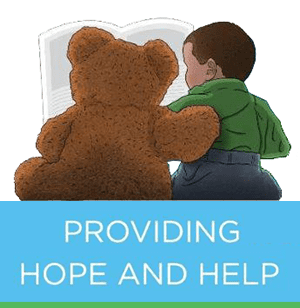1. Learn from others
Having conversations with at least two or three other families who have fostered or adopted, ideally from situations similar to yours, will be one of the best ways in determining if this is right for you. Find someone who is willing to be honest about their experiences. Ask them what characteristics and resources they have that helped them overcome challenges.
2. Analyze your motivations and expectations
The motivations and expectations you have for adoption play a significant role in your relationship with your future child. Examining your reasons for adopting now, and potentially adjusting those reasons as you learn more, is an important step to providing unconditional love to a child.
3. Recruit your team
Fostering or adopting is done best when a community of people care for and support your family. You shouldn’t travel this road alone, and your process can be a blessing to others and to your child.
4. Determine what child might best fit your family
This can be a difficult discernment process. Questions you might face include: “If we adopt, should we pursue a private adoption, a CPS child adoption, or an international adoption (and from which country!)?” ” How do we involve our biological or previously adopted children in the decision?”
ALL foster and adoptive children have experienced trauma, regardless of how difficult their backgrounds have been, how long they have been away from their birth parent(s), or how early they were adopted, but you can help them heal from that trauma.
It will take more than just love to heal a child and to help him or her be successful in your family; it will take hard work, a willingness to study and learn, patience, unity between you and your spouse (if applicable), support from others, and more.
5. Select an agency
Once you have a better idea of the type of child that would fit best into your family, you can start to narrow down the agencies that you feel can successfully connect you with that child. Ask others who have fostered or adopted which agency they chose and why. The best way to learn about an agency is from someone who has already worked with them.
6. Equip your family with training and resources
Approximately 35 hours of training are required by adoption agencies (some agencies may vary slightly). A home study will also be required. This is a time when a social worker will visit your home and ask questions about your personal history, family interests and activities, what children may best fit in your home, and how you will meet the needs of the child.
This step may be overwhelming as there are many “to dos”. A good agency should provide you with a clear process (not necessarily an easy one) and help you with each step.
7. Prepare your family
There is a saying in the adoption and fostering world: “Hurry up and wait”. Often times the process will feel like there is extreme urgency to complete paperwork or training and then you may feel like you will never receive a placement or match with a child. Use this time to prepare for your future child. Attend trainings, read books, talk with other families.
8. Placement of a child
Once a child has been placed in your home, the adventure is not over! Be prepared to learn more about how to parent a child from a hard place.


